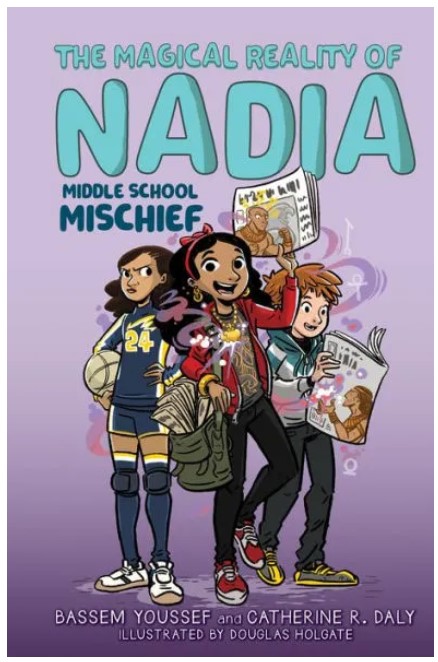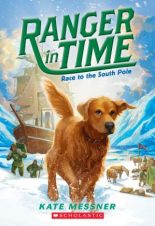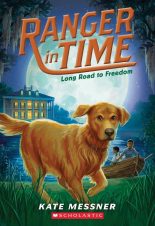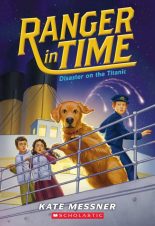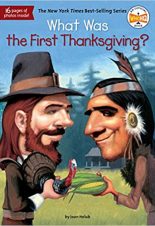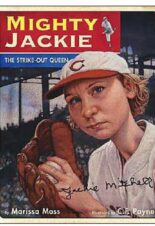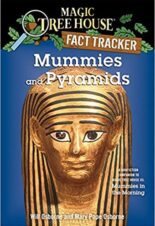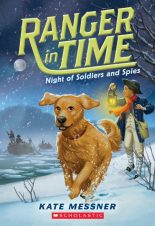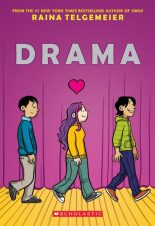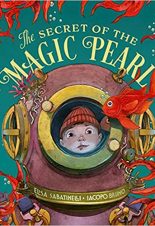
Buy This Book
“Again, why is this important? Because to represent, by whatever means, any group as accurately as possible is to show respect. It shows respect for our people—both those of the past and those of today,” Linda Coombs. –The Mayflower
The Mayflower
History Smashers
by Kate Messner
AR Test, Must Read
8+
Score
7.1
224
Myths! Lies! Secrets! Smash the stories behind famous moments in history and expose the hidden truth. Perfect for fans of I Survived and Nathan Hale’s Hazardous Tales.
In 1620, the Pilgrims landed at Plymouth Rock and made friends with Wampanoag people who gave them corn. RIGHT?
WRONG! It was months before the Pilgrims met any Wampanoag people, and nobody gave anybody corn that day.
Did you know that the pilgrims didn’t go straight from England to Plymouth? No, they made a stop along the way—and almost stayed forever! Did you know there was a second ship, called the Speedwell, that was too leaky to make the trip? No joke. And just wait until you learn the truth about Plymouth Rock.
Messner makes learning about history fun. The Mayflower is written in a factual, conversational tone that explains how some of America’s myths started. The Mayflower explains to readers what a primary source is, as well as discusses why “a primary source isn’t necessarily the truth of what happened; it’s an account of what the writer noticed and believed at the time.” The book contains many passages from primary sources and also translates some passages that are difficult to understand.
The Mayflower doesn’t recite a bunch of boring facts. Instead, readers will learn about the events and their significance. For example, the book explains what the Mayflower Compact was: “It established the idea that people should agree on laws together. It also laid the foundation for the separation of church and state—the idea that the government shouldn’t be run by religious leaders and shouldn’t tell anyone how to worship.”
The book’s unique layout will appeal to readers because it includes some graphic novel panels plus lots of illustrations, maps, sidebars, and historical pictures. Almost every page has a graphic element and many of the black and white illustrations are humorous. The illustrations will allow readers to visualize the people, places, and events while the abundant graphics break the text into manageable parts and help readers stay interested in each story.
The Mayflower starts with who the Pilgrims were and why they wanted to leave England. The book also includes information about traveling to the New World, the harsh conditions of settling an untamed land, and the Pilgrims’ treatment of the Wampanoag’s people. The Mayflower is a must-read book because it shows American history in a new light and explains how many of America’s myths became part of our history.
Sexual Content
- None
Violence
- John Bilington was a troublemaker who “killed another settler and ended up being sentenced to death by hanging.”
- Dermer and a group of men went to America to explore. “They were attacked by Nauset men. Most of Dermer’s men were killed. Dermer was wounded but escaped to Virginia.”
- A group of Pilgrims attacked the Natives and killed “two of the community’s leaders.”
- After the Pequot people attacked an English trading vessel, “They set the village on fire and killed anyone who tried to escape. About seven hundred Pequot men, women, and children were killed.”
Drugs and Alcohol
- While sailing to the new world, everyone, including the kids, drank beer. “But this was different from the kind of beer that only adults drink today. The Pilgrims called it ‘small beer,’ and it had less alcohol.”
- On Christmas Day 1620, some of the men drank beer.
Language
- A man who enslaved some of the Natives is called a jerk.
Supernatural
- None
Spiritual Content
- The King of England said he had “permission” to give away land in Virginia because the Pope said, “Christian people could go into the lands of any non-Christian; take the land and resources and enslave the people who lived there. People who weren’t Christians weren’t looked at as human beings.”
- Christians believed that taking non-Christians’ lands was acceptable because “God wanted the Pilgrims to convert the Native people, and that could only happen if they lived in the same place.”
- On the trip, one sailor died. One of the passengers wrote, “But it pleased God before they came half over the sea, to smite this young man with a grievous disease, of which he died in a desperate manner, and so was himself the first that was thrown overboard.”
- The pilgrims found and stole the Wampanoag’s stored corn. One man said the corn was, “God’s good providence.”
- A Pilgrim said that Tisquantum “had been sent by God.”
- The Pilgrims didn’t have celebrations, but they had days “spent in prayer.”
- After the Pilgrims killed everyone in a Pequot village, the English “gave praise thereof to God.”
“Again, why is this important? Because to represent, by whatever means, any group as accurately as possible is to show respect. It shows respect for our people—both those of the past and those of today,” Linda Coombs. –The Mayflower
Latest Reviews

The Greedy Gremlin

Hoop Genius: How a Desperate Teacher and a Rowdy Gym Class Invented Basketball

Our Violent Ends

Healer of the Water Monster

Lost in the Mushroom Maze

Sticks and Stones

Jasmine Toguchi, Super Sleuth

Hot Rod Hamster

You’ll Be the Death of Me
